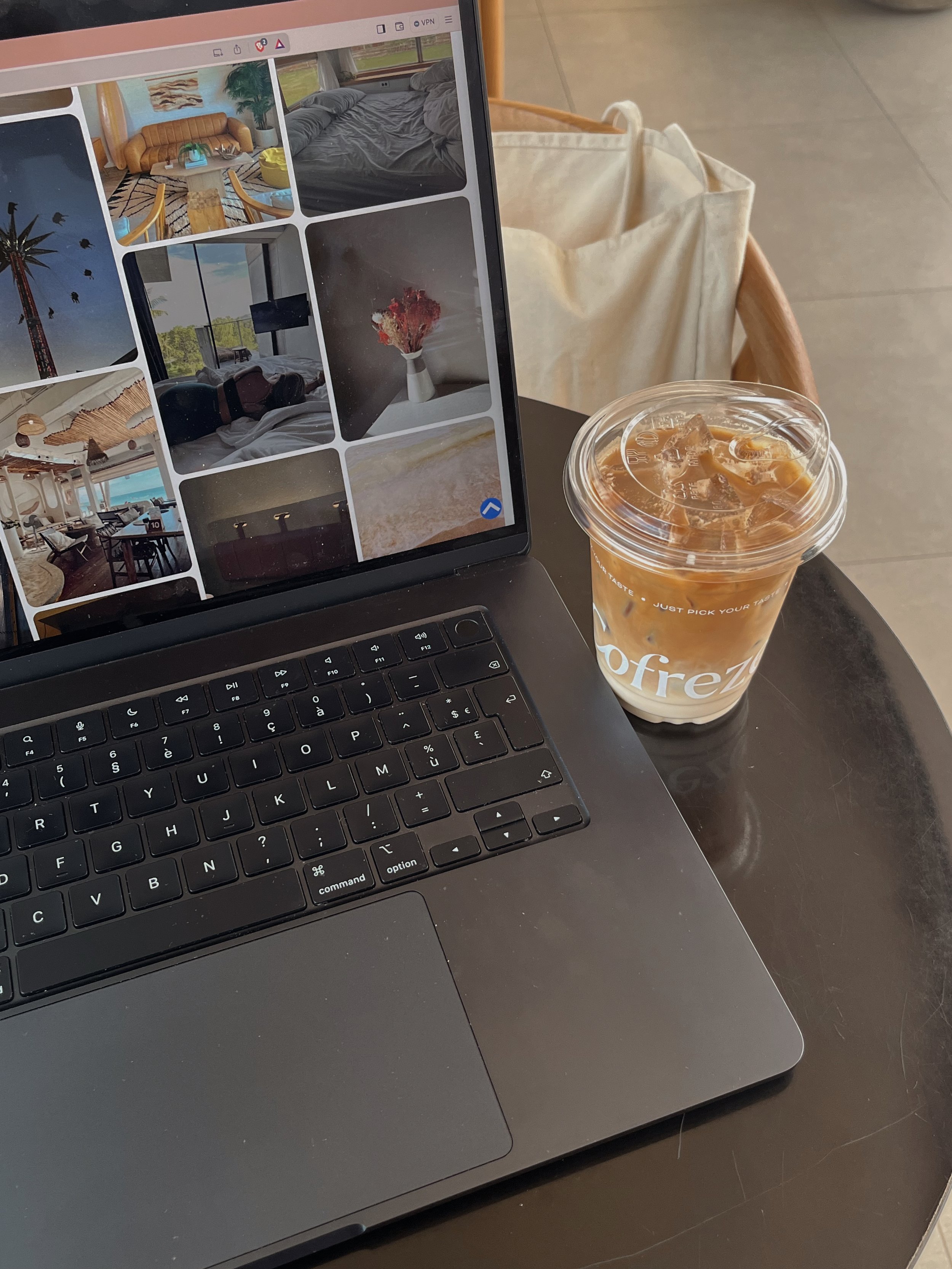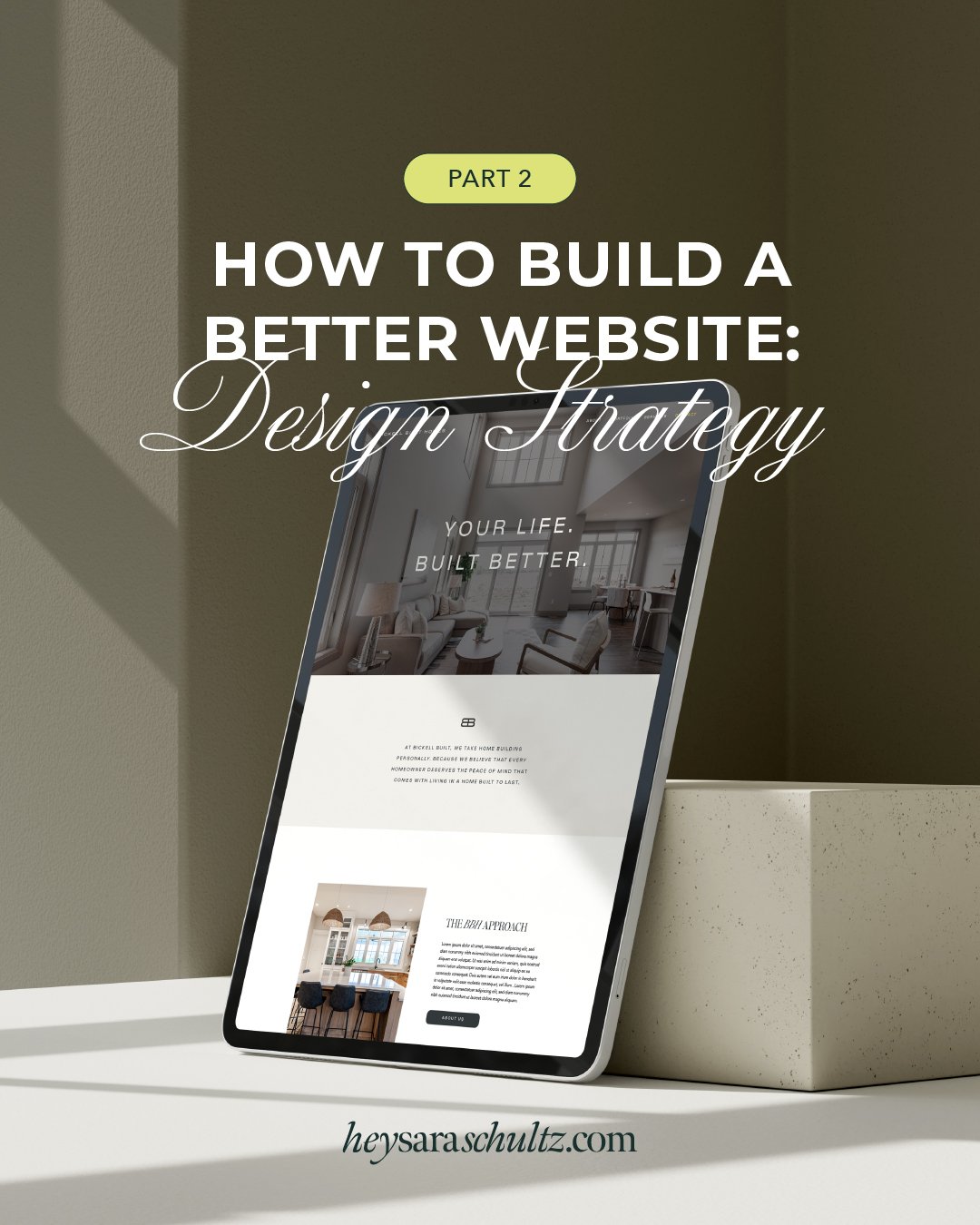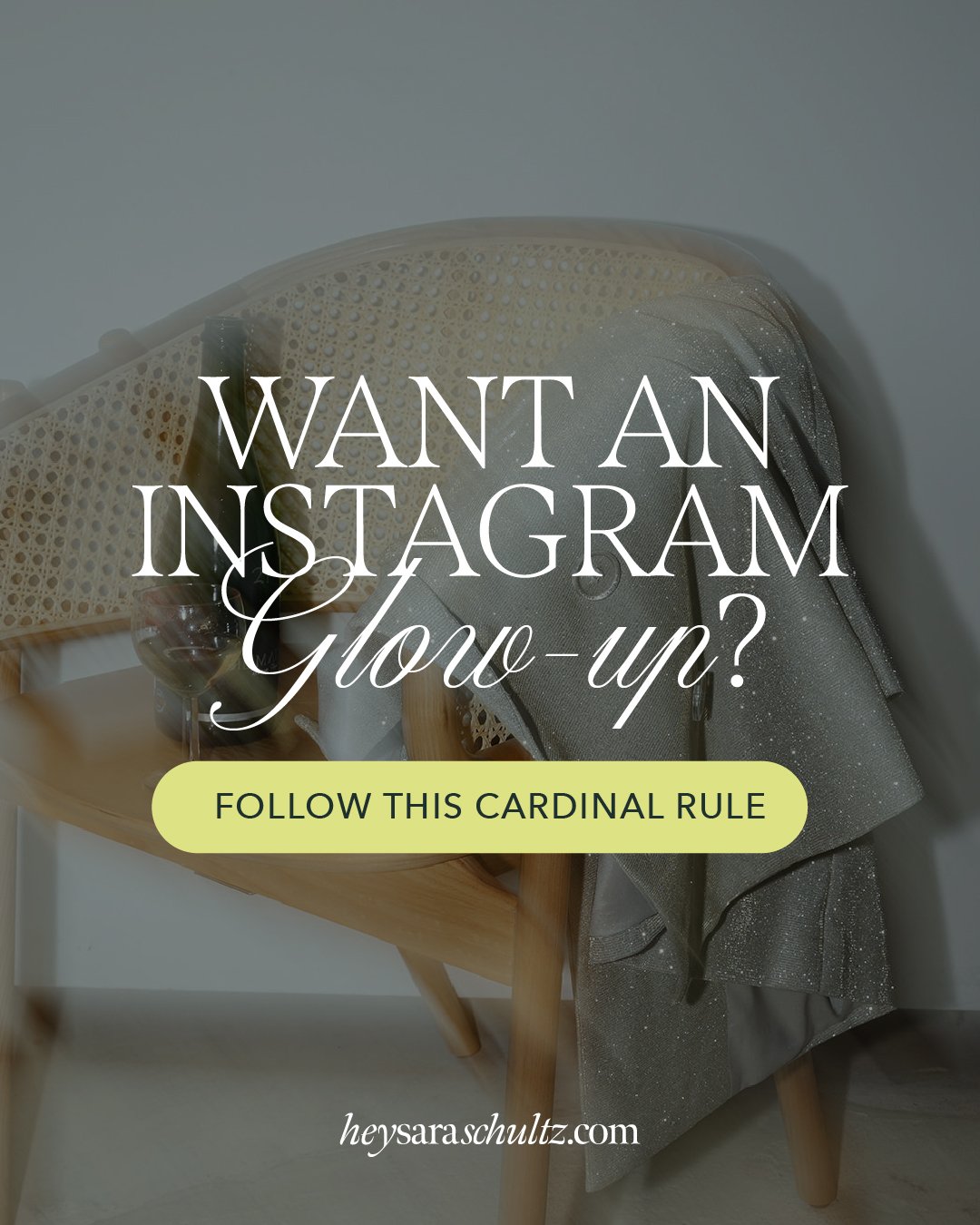3 Logo Variations Every Brand Needs
Logos are everywhere, I mean absolutely everywhere, and it’s for good reason! A logo is how your brand is recognized and represented to the world, (sounds like a lot of pressure.)
The good news is that a brand relies on the combination of multiple elements to establish its mood and remain cohesive.
Deciding on all of these elements and putting them together is exactly what brand design is all about. Your logo is one part of this equation, and for it to operate successfully it needs to be flexible and versatile. After all, it’s going to be used in a multitude of different ways.
Logos live on websites, social platforms, designs for print, packaging, and the list goes on and on. When you start tapping into creating different designs it becomes clear that this is not a one size fits all situation. First you need your logo small, then you need it large, then it doesn’t fit quite right, then it’s too detailed- should I keep going?
That’s where logo variations come in!
Logo variations are slightly altered or changed versions of your logo that are intended to be used in different contexts. They should all have a resemblance to each other, and oftentimes use the same basic design elements. This ensures that no matter what logo variation you use it will still be recognizable as your brand.
So, let’s talk about the three logo variations that every brand needs. You might be thinking, Three? It’s hard enough to come up with one, and I totally get that. Here we break down what each variation is, why it’s important, and some of its common uses so that you can implement logo variations into your branding and designs.
The Primary Logo
This is where it all begins! The primary logo is the logo that is used the most and contains all the important information relating to your brand. It takes up the most space and is typically used in larger sizes so all of its detail and other intricacies can be appreciated. This is where the overall direction of a logo is decided and choices about color, typography, and illustration are made.
This logo is also the starting point for all other logo variations that branch off of it, so it ends up being the most complex out of them all. If this logo variation is the parent, then all of the others are the children! Because of this, it’s a good idea to get this logo to a good place before moving on to the others.
Use Cases & Placements:
Desktop website header or homepage
Large designs for print, such as letterheads or postcards
Other large-scale collateral
Secondary Logo
Think of this logo as your b-team, your backup player, the one you can count on when your primary is out! It can also be referred to as a stacked or alternate logo to your primary logo. It contains the most important elements from the primary logo but in a simplified form.
Oftentimes it is arranged in a different orientation that allows it to be used where the primary logo isn’t quite the right fit. A very common example of this is when a primary logo is horizontal, a secondary logo can be created vertically, you get the idea! Any taglines or additional illustrations from the primary logo are typically removed, but key elements such as the brand name and main graphics remain.
This logo is a bit smaller than the primary, meaning it fits best in slightly more compact spaces. It doesn't need as much breathing room around it so it can be used on smaller scales as well.
Use Cases & Placements:
Mobile website header or homepage
Business cards
Average or small sized collateral
Submark
The most different, yet one of my favorite, logo variations is the submark. A submarks goal is to be a simplified version of the other logos that still points back to the overarching brand identity. They are small and can fit into spaces where using the full logo doesn’t make sense. Submarks can be used when someone is already familiar with the brand so they don’t necessarily need to see the primary or secondary logo again.
These logos typically are designed in a circle, making them the go-to option for social profiles or smaller elements in print. Sometimes it’s possible to even have multiple submarks that denote different areas within the brand.
Seem complicated? The key takeaway is that this is the most simplified and refined version of your logo. I mentioned that this is one of my favorite logo variations, and that’s because there is so much to explore within it! So much so that I have a whole article talking in detail about why you need a submark. If you are just as excited about this as me, make sure to check it out HERE.
Use Cases & Placements:
Social profiles and pages
Stickers, stamps, or patterns
Small print collateral
Hopefully, you now realize that one logo simply is not enough! For your logo to effectively contribute to your brand identity it needs to be versatile. Logos aren’t merely a beautiful graphic that correlates to your brand- they are a solution to multiple problems and should be designed to be used as such!
Logo variations are created with use cases in mind and work to streamline the process of keeping brand consistency across multiple platforms. By resembling one another they create a professional, developed, and authentic appearance.
Ultimately, they help people remember you for who you want to be, (which is exactly the point of good branding!), and when used with other design elements such as color, photography, and typography, they help show your brand story to the world.







